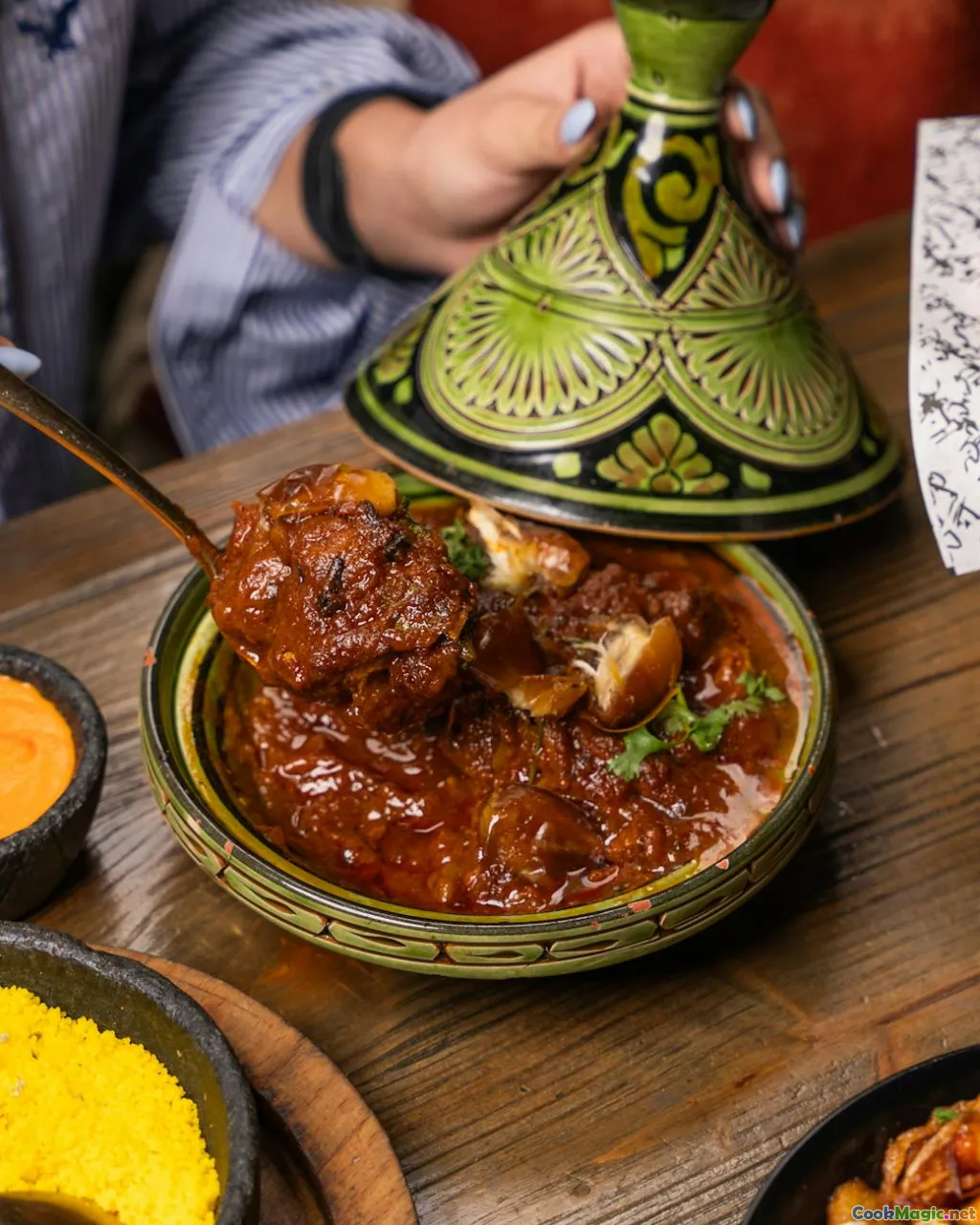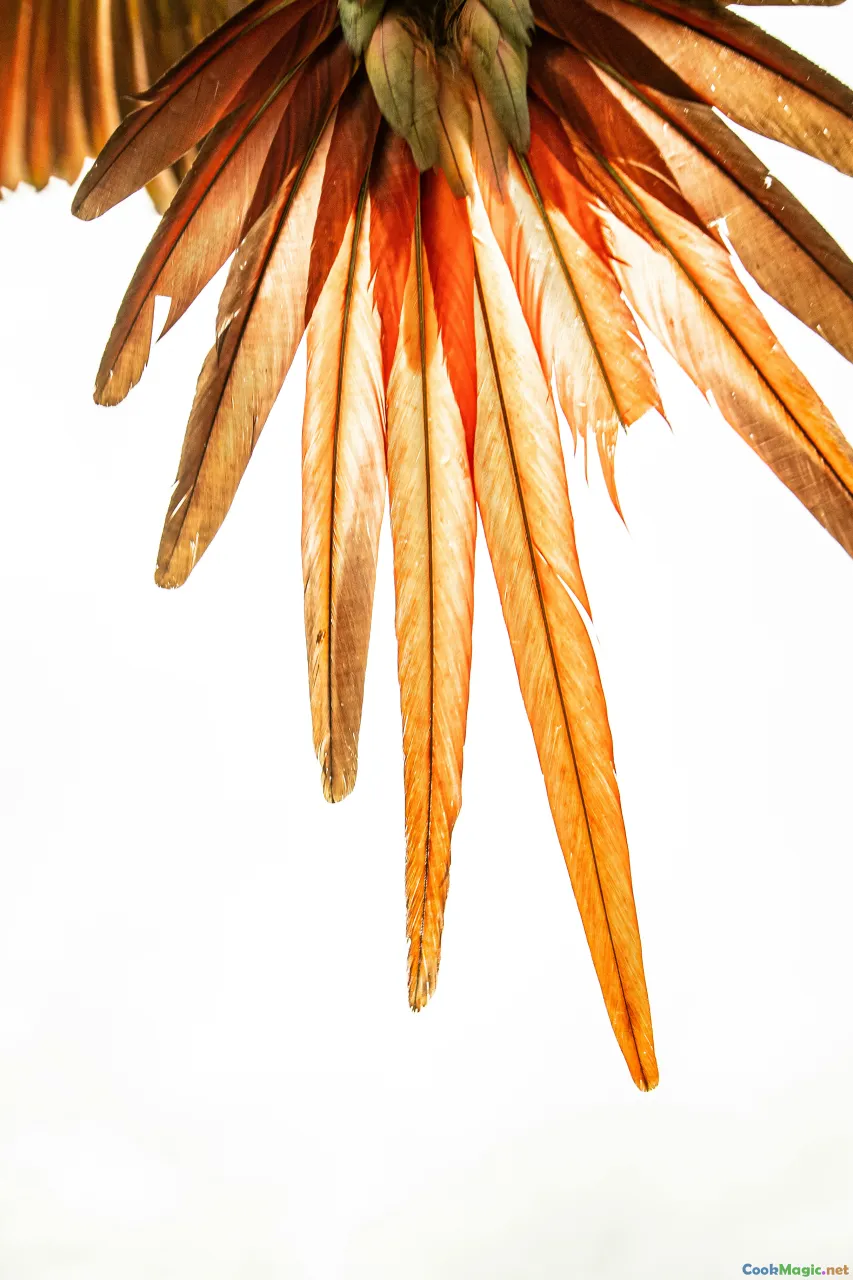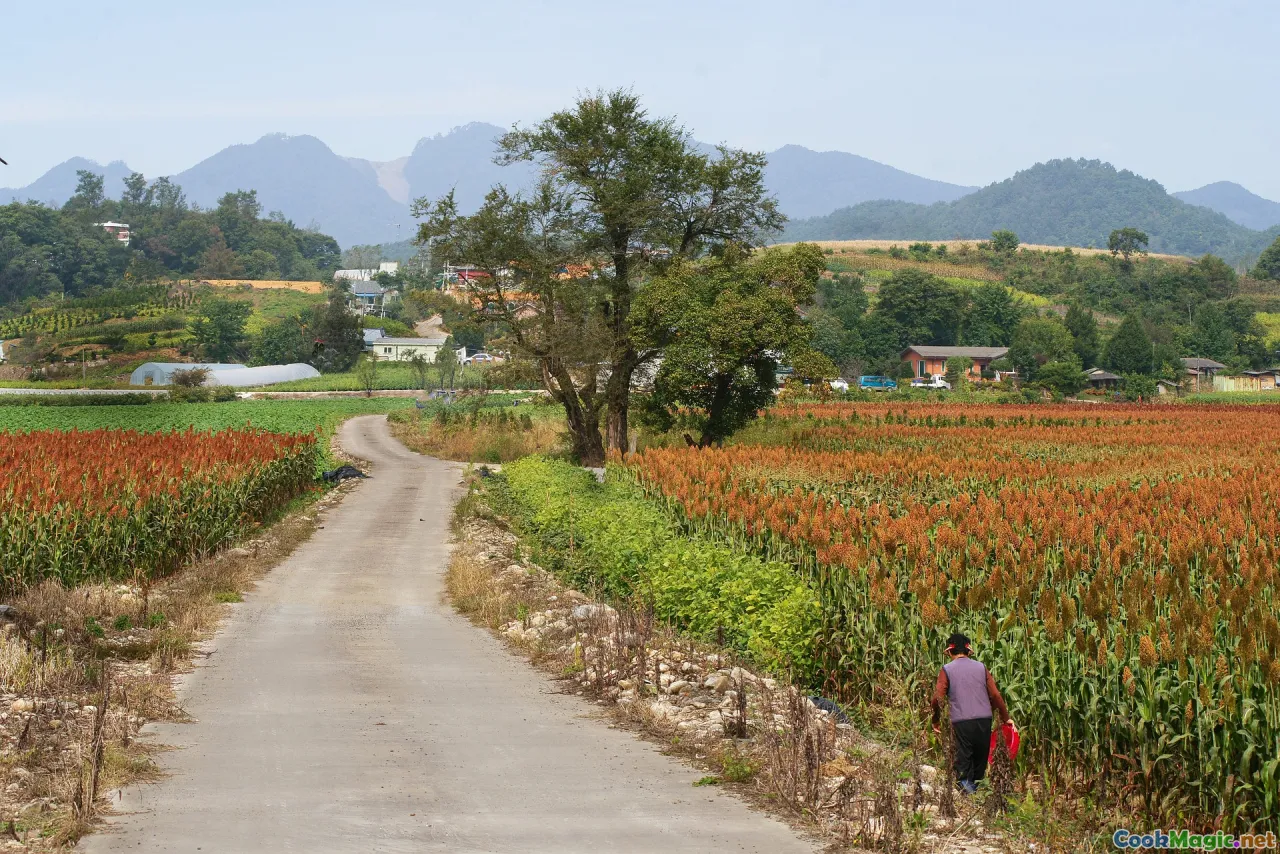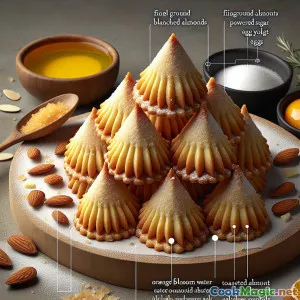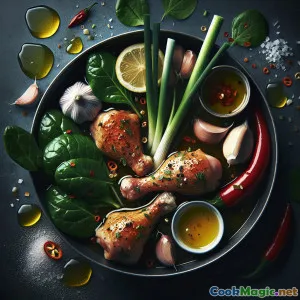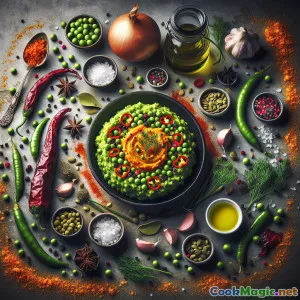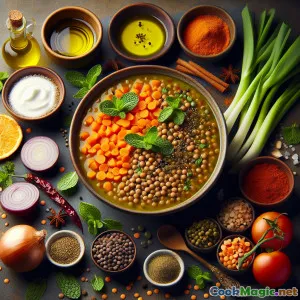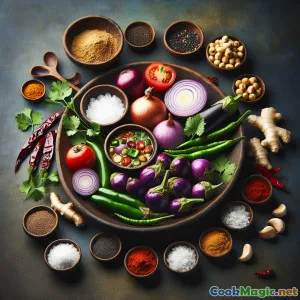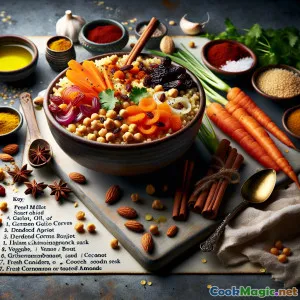
Mijo con Azafrán del Sahara: Sabores Exóticos del Desierto
(Saharan Saffron Millet: Exotic Flavors From the Desert)
(0 Reseñas)0
30
agosto 12, 2025
Informar de un problema
Ingredientes
-
200 grams Mijo perla
(Can substitute with foxtail millet or quinoa)
-
0.5 teaspoon Hilos de azafrán
(Infuse in warm water for best flavor and color)
-
2 tablespoons Aceite de oliva virgen extra
(Can use argan oil for a nutty flavor)
-
1 medium Cebolla roja
(Cortado en pequeños cubos)
-
3 pieces Dientes de ajo
(Aplastado)
-
1 large Zanahoria
(Cortado en cubos pequeños)
-
5 pieces Albaricoques secos
(Picado)
-
2 tablespoons Pasas doradas
(Adds a touch of sweetness)
-
150 grams Garbanzos (cocidos)
(Canned or home-cooked chickpeas)
-
1 teaspoon Comino molido
(Freshly toasted for richer aroma)
-
0.5 teaspoon Pimentón ahumado
-
1 piece Rama de canela
-
0.5 teaspoon Semillas de cilantro enteras
(Ligeramente triturado)
-
500 ml Caldo de Verduras
(Or sub with light chicken broth)
-
1 teaspoon Ralladura de limón
(Zest of 1 lemon)
-
1 teaspoon Sal
(Al gusto)
-
0.5 teaspoon Pimienta negra
(Recién molido)
-
2 tablespoons Cilantro o perejil fresco
(Picado, para decorar)
-
2 tablespoons Almendras tostadas
(Slivered, to serve)
(Can substitute with foxtail millet or quinoa)
(Infuse in warm water for best flavor and color)
(Can use argan oil for a nutty flavor)
(Cortado en pequeños cubos)
(Aplastado)
(Cortado en cubos pequeños)
(Picado)
(Adds a touch of sweetness)
(Canned or home-cooked chickpeas)
(Freshly toasted for richer aroma)
(Ligeramente triturado)
(Or sub with light chicken broth)
(Zest of 1 lemon)
(Al gusto)
(Recién molido)
(Picado, para decorar)
(Slivered, to serve)
Nutrición
- Porciones: 4
- Tamaño de porción: 1 tazón (250g)
- Calories: 350 kcal
- Carbohydrates: 0 g
- Protein: 11 g
- Fat: 9 g
- Fiber: 7 g
- Sugar: 8 g
- Sodium: 420 mg
- Cholesterol: 0 mg
- Calcium: 60 mg
- Iron: 2.9 mg
Instrucciones
-
1 - Rinse and Pre-soak Millet:
Rinse millet thoroughly under running water. Soak for 10 minutes to improve texture, then drain.
-
2 - Bloom saffron:
Place saffron in 2 tablespoons of warm water; let sit while prepping other ingredients to intensify color and aroma.
-
3 - Sauté Aromatics and Spices:
In a deep skillet, heat olive oil over medium heat. Add onion and sauté until translucent, then add garlic, carrot, cumin, coriander seeds, and cinnamon stick. Fry until fragrant.
-
4 - Combine Millet and Dry Fruits:
Add drained millet, chopped apricots, golden raisins (if using), and chickpeas to the pan. Stir well to coat with spices.
-
5 - Add Broth and Saffron:
Pour in vegetable broth and the bloomed saffron with its water. Add salt, pepper, smoked paprika, and lemon zest (if using). Stir briefly.
-
6 - Simmer Until Fluffy:
Cover the pan, reduce heat to low, and let simmer for 18–20 minutes or until all liquid is absorbed and millet is tender. Remove cinnamon stick.
-
7 - Rest and Garnish:
Turn off heat, fluff millet with fork, and let it stand covered for 5 minutes. Garnish with fresh parsley or cilantro and toasted almonds before serving.
Rinse millet thoroughly under running water. Soak for 10 minutes to improve texture, then drain.
Place saffron in 2 tablespoons of warm water; let sit while prepping other ingredients to intensify color and aroma.
In a deep skillet, heat olive oil over medium heat. Add onion and sauté until translucent, then add garlic, carrot, cumin, coriander seeds, and cinnamon stick. Fry until fragrant.
Add drained millet, chopped apricots, golden raisins (if using), and chickpeas to the pan. Stir well to coat with spices.
Pour in vegetable broth and the bloomed saffron with its water. Add salt, pepper, smoked paprika, and lemon zest (if using). Stir briefly.
Cover the pan, reduce heat to low, and let simmer for 18–20 minutes or until all liquid is absorbed and millet is tender. Remove cinnamon stick.
Turn off heat, fluff millet with fork, and let it stand covered for 5 minutes. Garnish with fresh parsley or cilantro and toasted almonds before serving.
Más información sobre: Mijo con Azafrán del Sahara: Sabores Exóticos del Desierto
Saharan Saffron Millet: Bridging Ancient Traditions with Modern Health
Saharan Saffron Millet, with its sunburst hues and aromatic heart, tells a tale of the vast expanse of North Africa and the rich crossroads of Berber, Arab, and Sub-Saharan influences. Called a pilaf, medfouna, or tayar’in in various regional dialects, millet was once a staple grain across Saharan trade routes. Saffron, prized even more than gold along the old caravan roads, lends this dish its aristocratic aura—flavors and colors made for desert feasts and special occasions alike.
History and Cultural Significance
While couscous typically headlines North African meals, millet long predated wheat’s arrival, nourishing nomadic peoples for centuries. The grain’s resilience to harsh, arid conditions made it ideal for Saharan climates. Buried in tagines beneath embers, exchanged in bustling souks, and layered into festive platters, millet showcased ingenuity—delicately savory, pliant, and satisfying as rice but with its own nutty personality.
Saffron was introduced via Moorish Spain and Sicily during early medieval centuries; its inclusion in North African food is a symbol of both trade and prestige. Encounters between Tuareg caravans, Berber villages, and the Mediterranean uplands created remarkable melting pots, evidenced by the mingling of nuts, dried fruits, and distinctly aromatic spices in a single dish. Saffron was believed to have medicinal qualities, providing a bracing luxury for celebrations and honored guests.
Unique Aspects and Ingredients Tips
Modern health advocates praise millet for its high fiber, gluten-free status, and ability to provide slow-release energy—making this recipe ideal for vegans, vegetarians, or anyone seeking alternatives to conventional grains. The addition of chickpeas increases the dish’s plant-based protein, while nuts and dried fruits add texture, color, and nutrition. Infusing saffron is crucial: its floral, slightly bittersweet perfume is subtle yet unmistakable, best released by soaking threads before incorporation.
For cooks seeking truly authentic flavor, painstakingly grinding fresh spices such as coriander and cumin is worth the effort. Using argan oil rather than olive oil grants a deep, nutty flavor sometimes encountered in Moroccan variants; however, olive oil’s gentleness pairs well with the sweet notes of apricots and raisins. Diced onion and carrot are classic, but you may add bell pepper or zucchini for more seasonal variety.
Recipe Execution and Serving Suggestions
The secret to perfect fluffy millet lies in rinsing and a brief soak—reducing bitterness and tightening the grains against overcooking. Letting the pilaf rest before serving allows flavors to mingle and the steam to finish each grain. The golden glow and dried fruit echoes of this dish permit decoration worthy of Saharan hospitality: a handful of slivered toasted almonds, fresh parsley or coriander, and a wedge of lemon celebrate its origin and create harmony on the table.
While this recipe is spiced rather than spicy, you could add harissa or a pinch of cayenne for heat. Pomegranate seeds or preserved lemon slivers make wonderful finishing garnishes at festivals. Further, the millet pilaf pairs beautifully with spiced roasted vegetables, grilled tofu skewers, or simple flatbreads—drizzled with tahini-yogurt sauce for extra richness.
Personal Thoughts and Serving Inspiration
“Saharan Saffron Millet” is both grounding and bright; it marries a rustic simplicity with lavish aroma in a fashion fit for modern kitchens and ancient gatherings alike. In crafting it, consider the theme of every North African communal table: sharing, celebration, and sustenance springing from the heart of the desert. Melted snow of the Atlas, sand’s shimmer, caravan bonfires—these elements beckon within the golden grains.
Invite conversation by sharing the legend: that in the blur of trade and time, every grain of millet carries a story of earth, endurance, and communal joy, exalted by the royal hue of saffron. Take care not to rush the cook; let each step, scent, and spice unfold as in a lazy Saharan afternoon. Serve warm, and always with gratitude.

